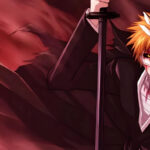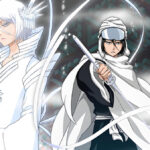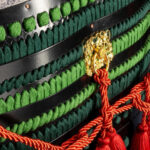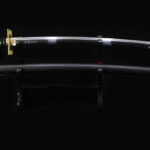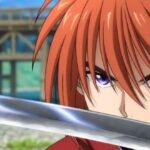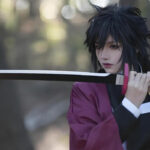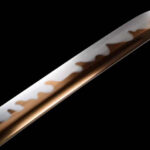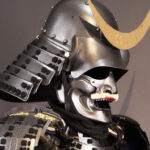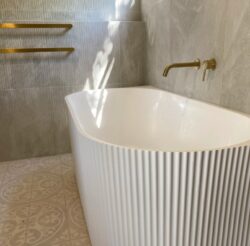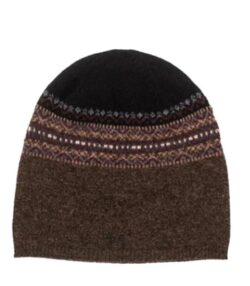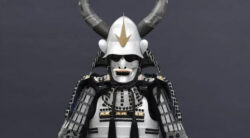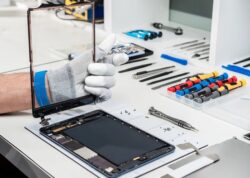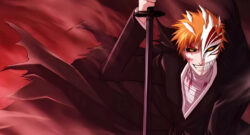Kendo & Iaido Guide: Training, Iaido Swords, and Collectible Katana Choices
The sword has always been more than a weapon—it represents strength, honor, and discipline. In Japanese culture, Kenjutsu (剣術), or the art of swordsmanship, was not only a practical battlefield skill but also a way to cultivate the spirit. Today, modern forms such as Kendo (the way of the sword) and Iaido (the art of drawing the sword) allow enthusiasts worldwide to experience this heritage through martial training, discipline, and sword collecting.
Origins and Development of Kendo
Kendo traces its roots to Japan’s samurai era, when warriors needed to master drawing, cutting, thrusting, and defense techniques for survival in constant warfare. Swordsmanship demanded not only skill but also calm judgment and unwavering focus.
As Japan entered the peaceful Edo period, sword training shifted from battlefield necessity to self-discipline and character development. Over time, kendo evolved into both a martial sport and a spiritual practice, emphasizing respect, etiquette, and personal growth. Today, each strike, thrust, and defensive movement carries the traditions and philosophy of the samurai.
Modern Kendo Training
Modern kendo uses the bamboo sword (Shinai), a safe yet realistic practice tool that allows practitioners to train with intensity. Students begin with basics—stance, grip, posture, and footwork—before progressing to striking, sparring, and advanced combat drills.
Kendo is more than physical training. Matches and practice demand mental clarity, composure, and respect for opponents. This combination of physical fitness and spiritual discipline makes kendo a living link to samurai values.
How to start learning Kendo:
Join a dojo or kendo club for structured training.
Use online tutorials (swords online) to reinforce basics at home.
Invest in a bamboo sword and protective gear to practice safely.
What Sword is Used in Iaido?
Unlike kendo, which focuses on sparring, Iaido emphasizes smooth, precise sword drawing and sheathing. The goal is to master drawing, cutting, and returning the sword in a single fluid motion.
Iaito: A practice sword designed for Iaido. It has a blunt aluminum or alloy blade, balanced weight, and safe construction for daily training.
Katana (shinken): Experienced practitioners sometimes use a live blade for formal demonstrations, though most practice is done with an Iaito for safety.
Example: Hand-Forged Japanese Iaito Practice Sword
Blade: Aluminum alloy, unsharpened, hand-forged for balance.
Handle: Wooden tsuka wrapped in ray skin (samegawa) with cotton ito.
Tsuba: Alloy guard with detailed design.
Saya: Lacquered wooden scabbard with sageo cord.
Suitable for: Beginners and intermediates in Iaido practice.
Available at CoolKatana, with options for engraving and color customization.
Iaido and the Modern Legacy of Samurai Skills
Practicing Iaido develops body coordination, precision, breath control, and mental stability. Every draw requires correct posture, footwork, and blade trajectory, echoing the discipline of ancient samurai.
Today, many enthusiasts customize their own Iaito or collect replica swords that combine training functionality with cultural aesthetics. Decorative details—such as unique tsuba designs, scabbard finishes, or even rings on swords—make them both practical and collectible.
Sword Collecting: From Training to Cultural Experience
Swords today are not only martial tools but also cultural artifacts. Collectors and practitioners alike value them for history, artistry, and symbolism.
Sword gifts: Replica or customized swords make meaningful presents.
Sword sabers and replicas: European arming swords, Japanese katana, or fantasy-inspired blades are popular for display, cosplay, or reenactment.
Sword rings & sword umbrellas: Modern creative designs blend function with samurai tradition.
Battle-ready swords: High-quality hand-forged pieces meet historical standards and allow realistic training.
Swordsmanship and Spiritual Practice
Whether in Kendo sparring with a bamboo sword or Iaido precision with an Iaito, training emphasizes unity of mind and body. Every cut, step, and breath must be synchronized, teaching not only martial technique but also patience, composure, and respect.
Swordsmanship, both ancient and modern, is more than combat—it is a path of self-cultivation. Through practice and collecting, enthusiasts carry forward the samurai spirit of courage, honor, and discipline into modern life.
Conclusion
Kendo and Iaido bridge past and present, combat and culture. From the battlefield arts of ancient samurai to modern practice and collecting, swords remain powerful symbols of strength and spirit.
Whether you’re:
joining a kendo dojo,
practicing Iaido with an Iaito,
or collecting a handcrafted katana—
you are embracing centuries of tradition, craftsmanship, and philosophy. Through the art of the sword, you gain not only skill but also a deeper connection to the values of the warrior: discipline, respect, and inner strength.
Hand Forged Japanese Iaito Practice Sword Aluminum Blade Alloy Tsuba Unsharpened
Hand Forged Japanese Iaito Practice Sword Aluminum Blade Alloy Tsuba Unsharpened


